- Home
- Condensation
- Dealing with condensation
How to Deal With Condensation in Your Home
When trying to figure out how to deal with condensation in your home, the first question you need to ask is do I have a damp problem or a condensation problem?
This can be a difficult question to answer, as it will depend on hundreds of different variables and each property will have different issues. So, rather than try to explain everything in one article (when I’d need an entire book), I’ll just cover the basics points here.
How do you know if you've got damp or condensation?
Over my years of telling people how to deal with condensation and carrying our property surveys, I’ve lost count of the number of homeowners who swear blind that they’ve got a “damp problem” when they’ve actually got a condensation problem.
But how can you tell the difference?
A good starting point is to look where the problem is:
If the “damp” problem is below 1m from the ground floor level it could be rising damp. Or if it’s in an area near leaking down pipes, gutters or cracks in the fabric of the building it could be penetrating damp.
So initially, look to see if there's anything obvious that could be causing moisture to get into the fabric of the building; such as:
- Flower beds or log piles that are raised above the level of the damp proof course (DPC) on the outer walls. The DPC should ideally be at least 150mm above the level of the finished ground level.
- Poor pointing or damaged wall surfaces or cracks etc. that could be allowing moisture into the wall.
- Are there any leaking down spouts or rain water gutters in the vicinity of the problem. If so water running down the wall could be allowing moisture to penetrate the wall.
Do you have Black Mould?
If you’ve got black mould appearing in the corners of your rooms where the ceilings meet the walls or behind items of furniture that are close to external walls, then there's a good chance you're dealing with a condensation problem. But this is not always the case!
Another common location to find mould growth is on window frames as they can get cold.
Why Do You Get Condensation and Mould?
The reason we can get mould and condensation forming on the inner surfaces of the external walls, ceilings and floors of our homes, is because the surface temperature of these areas drops below the dew point.
Why just the inner surfaces of exterior walls, floors and ceilings?
Because external walls ceilings and floors are exposed to the outside, where it's cold they too will get cold. Internal walls and ceilings (where there is a floor above) tend to be less of an issue as there is normally a heated area on the other side which helps keep the temperature above the dew point.
What is Dew Point?
Dew point is the temperature at which the air can no longer hold water vapour, and therefore you will get condensation forming on surfaces that are below the dew point.
The dew point varies depending on several things such as relative humidity and atmospheric pressure. So it is a bit of a moving target.
A good tool to have within your home is a hygrometer as it can tell you what the relative humidity is and may will also tell you what the dew point is (these are available on Amazon for £20 - £30 pounds).
You can then use a digital thermometer to see what the surface temperature of the wall is to see if there is a risk of condensation.
You can even get higher end hygrometers that have inbuilt digital thermometers that can tell you the surface temperature of the wall using a laser dot to show where you're pointing it.
How to deal with condensation and/or black mould:
Once you’ve established that black mould is present, the most common solution I see people using is to buy a bleach product (there are better ways to get rid of mould) and wash the mould away. This will work in the short term but you'll have to keep doing it as you haven't dealt with the cause!
As the mould grows on moisture left by condensation you really need to learn how to deal with condensation so that it doesn't come back again once you've got rid of it.
Condensation can be difficult to stop completely, but you can reduce it significantly with a few changes. It's also worth getting to know what the dew point is and once you understand it you can see how to reduce its effect.
Below I'll start with the cheapest options and I'll work my way up towards the more expensive solutions.
- Increase heat and ventilation - this is a difficult one as increasing heat and opening windows are counter intuitive. But if you think about it, it can be done. Try to open your windows when your heating isn't running to get rid of stale moisture laden air. Then close them just before your heating comes on to try to keep the heat inside you home for as long as possible. Set a timer to remind yourself to close your windows again so you don't forget!
Alternatively you could increase the ventilation by installing additional controlled ventilation which means you don’t have the additional security issues of leaving windows open. - Insulate - because condensation forms on cool surfaces you could try to warm the surfaces in your home. This can be done by increasing heat as in point 1 above but it's better to insulate the external walls, roof and ground floor of your home. That way you'll make inner surfaces of these areas warmer without having to use your boiler.
This is obviously easier if you have cavity walls which can simply have insulation pumped in and a roof-space in which you can lay rolls of insulation. If you have solid walls and or a flat roof then insulation will be more expensive, but is still fairly straight forward by insulating internally or externally. - Controlled ventilation - these ventilation systems reduce condensation by diluting the air which contains the water vapour by either forcing in fresh air or extracting the moisture laden air from your house.
- Contain the water vapour - this is how I cured my condensation issues in my bathroom. But you also need to be able to control the removal of the water vapour, after you've contained it.
There are different types of controlled ventilation and which one to use will depend on your personal situation. The different types are:
- Positive Pressure Ventilation - These work by forcing air from your loft area into your property. The air in your home (which is now under positive pressure) will escape through all the gaps in the fabric of your home, taking with it some of the water vapour (typically £300-£500 fitted).
- mechanical ventilation and heat recovery. These are more complicated to install as they involve running hidden ducts to all the rooms in your home and using those ducts to extract warm moist air, then put it through a heat exchanger to transfer the heat from that stale air to the cold fresh air being drawn into your home. They can be very efficient but efficiency will depend on how airtight your home is. If you have a lot of draughts the system will not be efficient (typically £2,000 - £5,000 fitted, depending on the system size).
But as I said earlier, which one you go for will depend on your unique situation.
How to Reduce the Risk of Condensation and Mould in Your Home:
In addition to the points covered above, you could:
- Pull large items of furniture away from external walls to increase the flow of air around these items.
- Reduce the amount of water vapour in your home by closing the door to shower rooms etc when in use and opening the windows. That way you can reduce the water vapour getting to the rest of your home.
- Run the extractor fan in your kitchen when boiling water in kettles and cooking.
- Use lids when cooking as this will reduce the boiling temperature and contain some of the steam.
- If you have to dry wet clothes indoors, ideally dry them in one room and ventilate that room well (run the extractor fan, open windows, use a dehumidifier etc) and keep the door closed.
How to deal with condensation in buildings - Conclusion:
Condensation and mould in your home stems from water vapour condensing on cold surfaces.
So when trying to decide how to deal with condensation within you home, if you can raise the surface temperature of walls, floors and ceilings either by increasing the heat or insulating them you‘ll reduce the occurrence of condensation.
You could try to remove the moisture laden stale air from your home and replace it with fresh air by installing a good quality ventilation system.
Or you could try to reduce the amount of water vapour that you introduce to your home when cooking and drying clothes etc.
The secret when trying to figure out how to deal with condensation is to try to achieve the above solutions in a cost effective and sustainable way.
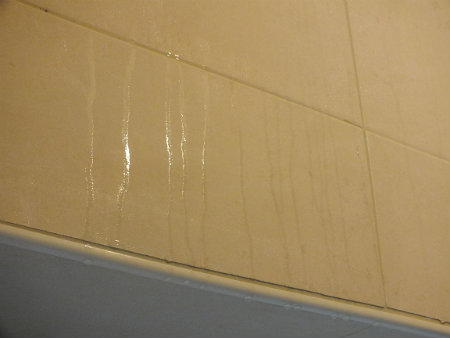
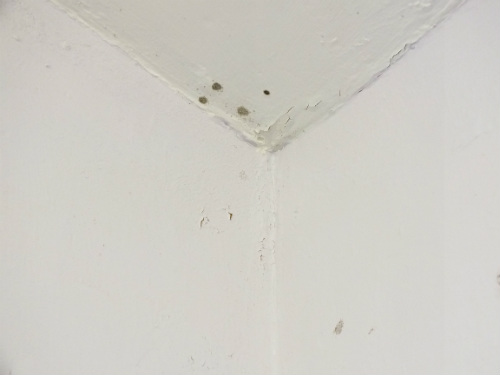

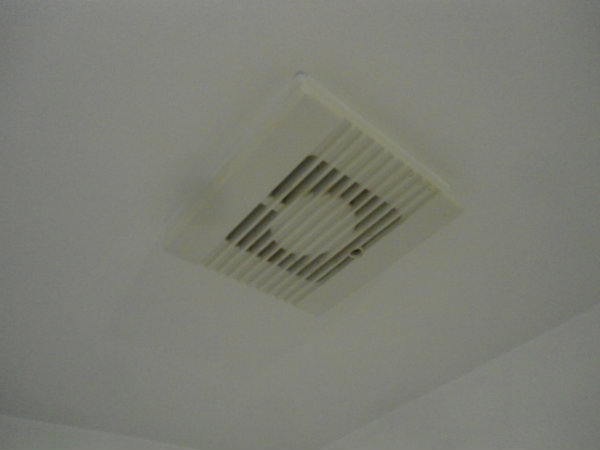
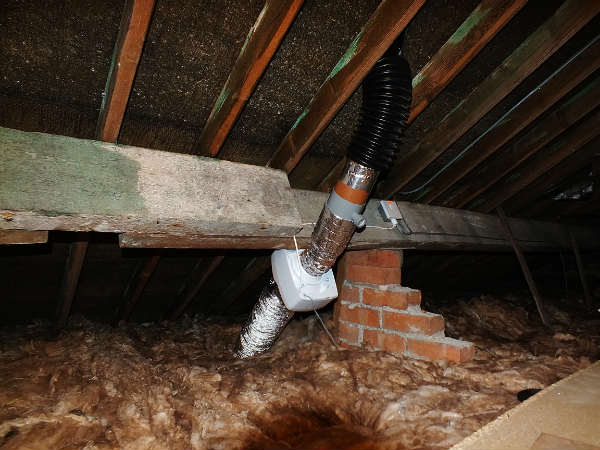
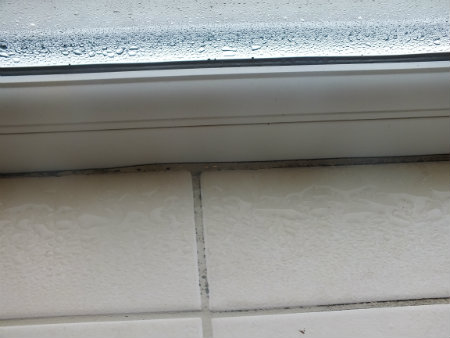
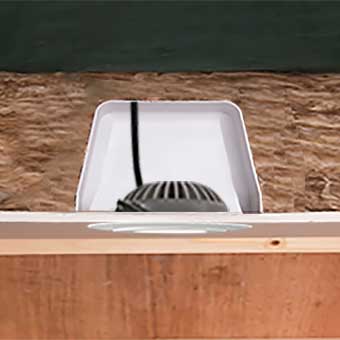







New! Comments
Have your say about what you just read! Leave me a comment in the box below.